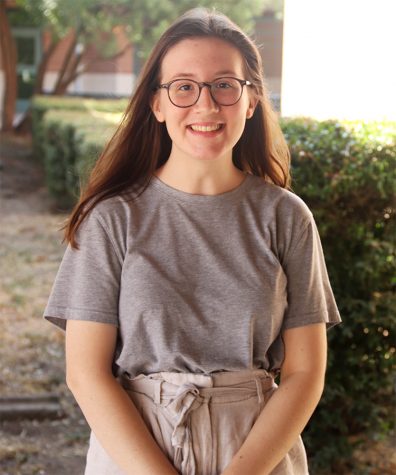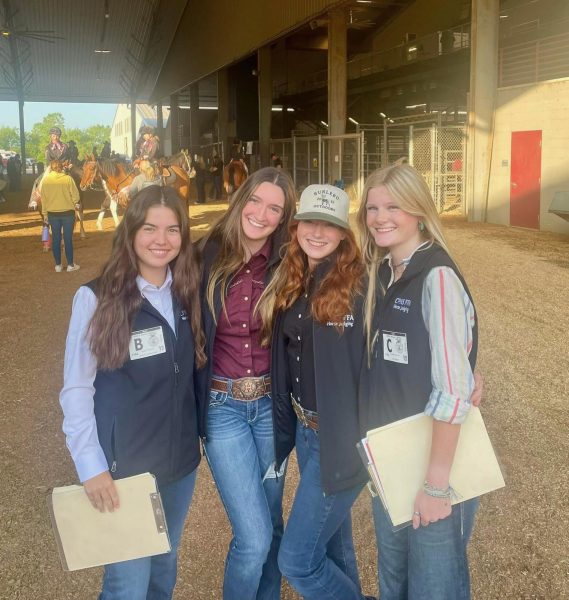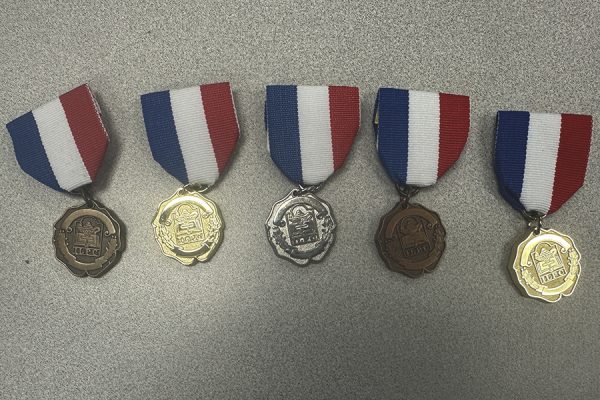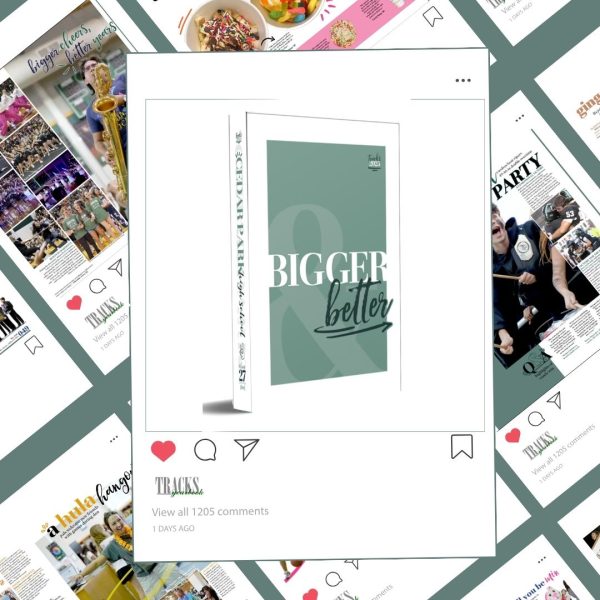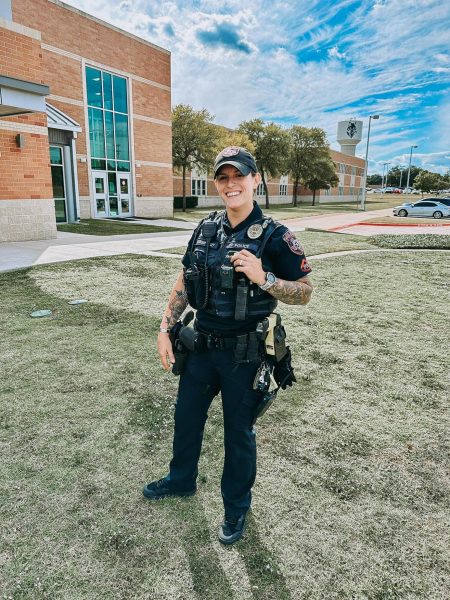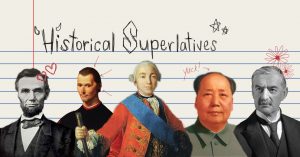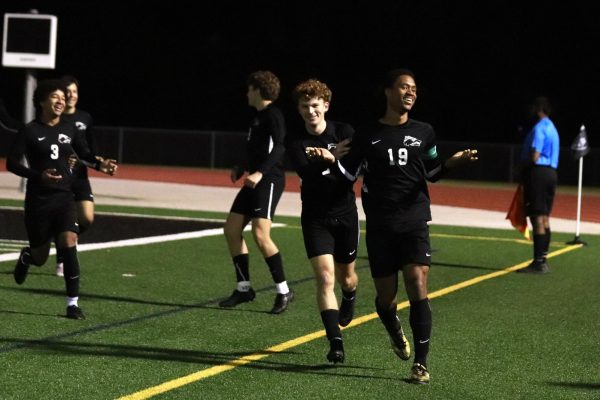Lines? More Like Signs
ASL Students Interpret “A Gentleman’s Guide to Love and Murder”
The implementation of ASL into theatrical performances may enhance the experiences of both deaf and hearing audiences. “[Interpreting is] not even specifically for the Deaf audience, although they are obviously the target audience, I think that a lot of people find the interpreting interesting even if it wasn’t originally in the play,” Eaton said.
January 29, 2020
Musical theatre is an experience consisting of bright lights and intricate costumes in addition to the thrill and personal connection that comes with viewing a live performance. One sensation that may often be taken for granted, however, is the inexplicable presence of sound in these shows. Although one of the defining characteristics of live theatre may be the booming orchestra and captivating lyrics in the musical scores of these performances, this auditory experience is not the same for everyone. In order to make the show enjoyable for all audience members, ASL students took it upon themselves to interpret the musical “A Gentleman’s Guide to Love and Murder” on Jan. 18.
Junior ASL student Grace Eaton was among those interpreting. She said one of the most challenging aspects of preparing to sign was the disconnect between sentence structure and grammar between ASL and English, as well as the quantity of material to retain.
“The memorization is the same as an actor learning their lines, we’re not going to have our scripts just like they are and it’s a lot of lines,” Eaton said. “The grammar is the hardest part because [ASL] works in a different way than English does.”
Similarly, Junior Makayla Kubasiak’s experience with translating, or glossing, the script has been riddled with difficulties unique to the particular show itself in that it takes place in the early 20th century. Gloss is a written form of sign language that makes it easier for English speakers to convert English words and concepts into sign.
“One challenge with interpreting the play is glossing the Old English,” Kubasiak said. “First you have to define unknown words, then you can find the meaning of the lines, and finally find the signs that portray the same meaning. To prepare I continuously sign my parts over and over again. Then, when we go to rehearsals I listen to the characters speak and sign what I practiced [along with them].”
Eaton said that the act of providing ASL interpreting in the musical may enhance the experience not only for deaf audience members but for hearing ones as well.
“[Interpreting is] not even specifically for the Deaf audience, although they are obviously the target audience, I think that a lot of people find the interpreting interesting even if it wasn’t originally in the play,” Eaton said.
Eaton additionally describes what draws her to continue to learn and practice ASL as well as what encouraged her to apply her skills through this theatrical opportunity.
“I like to think of myself as a very dramatic person and I feel like sign language is a very dramatic language,” Eaton said. “I really like the acting aspect, I also love the idea of communicating with more people.”
Kubasiak shares this enthusiasm and finds purpose in the progress she makes as well as the people she impacts by interpreting.
“Signing the play allows those who are deaf or hard of hearing to still enjoy the show and get a similar experience [to other audience members],” Kubasiak said. “Interpreting can definitely be stressful at times but looking back and watching how far you’ve come from when you were first handed the script makes it all worth it.”

![Posing with their UIL State Trophy, the Robolobos Van Halen Team beams with excitement after their win. “It was a team effort,” junior Noah Vo said. “I was happy because something happened in the first match and the match was also really close. So [when] they finally revealed it, I was pretty happy.” Photo courtesy of Amy Lovelace](https://cphswolfpack.com/wp-content/uploads/2025/05/IMG_0910-EDIT-1200x723.jpg)
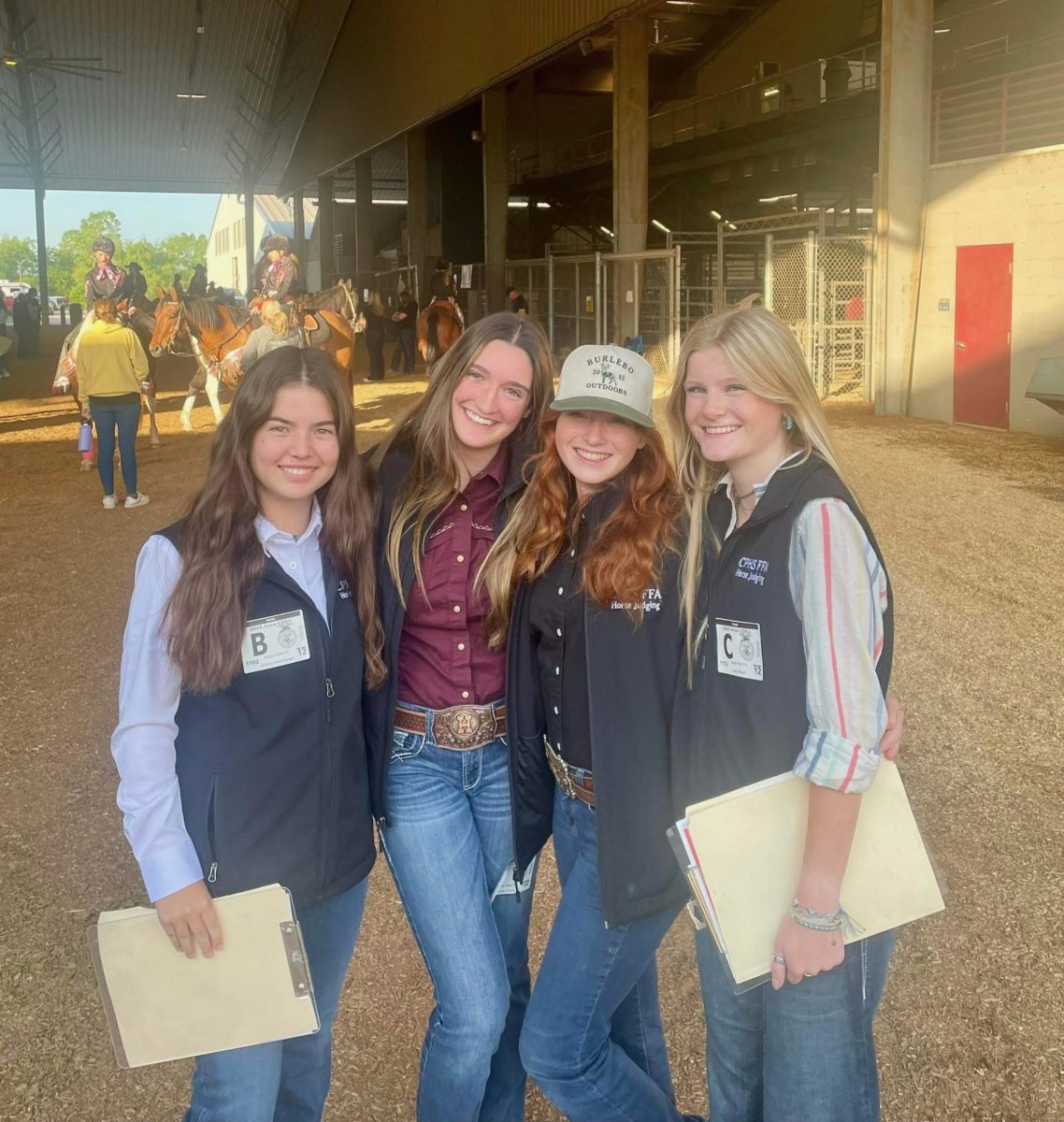
![Broadcast, yearbook and newspaper combined for 66 Interscholastic League Press Conference awards this year. Yearbook won 43, newspaper won 14 and broadcast took home nine. “I think [the ILPC awards] are a great way to give the kids some acknowledgement for all of their hard work,” newspaper and yearbook adviser Paige Hert said. “They typically spend the year covering everyone else’s big moments, so it’s really cool for them to be celebrated so many times and in so many different ways.”](https://cphswolfpack.com/wp-content/uploads/2025/05/edited-ILPC.jpg)
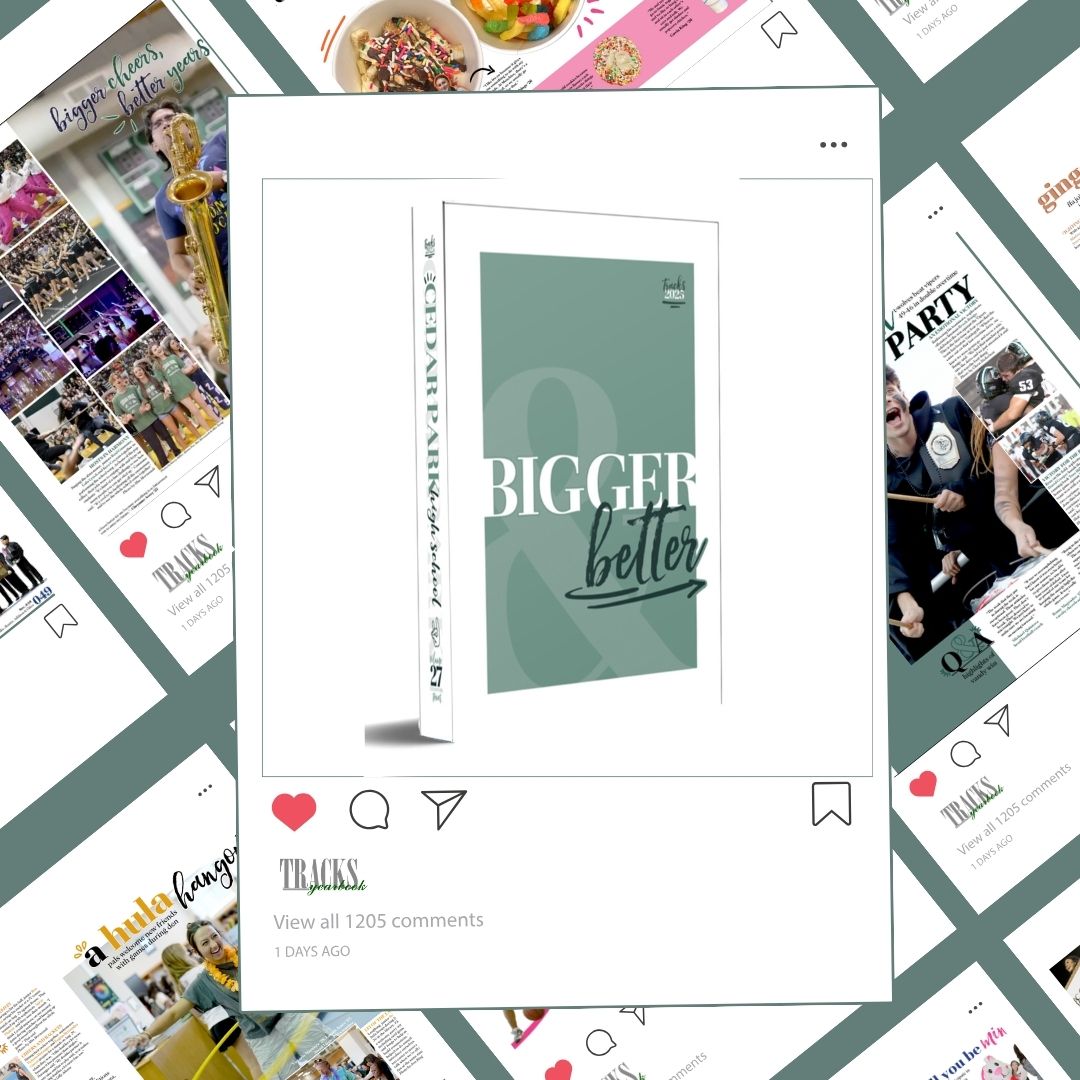

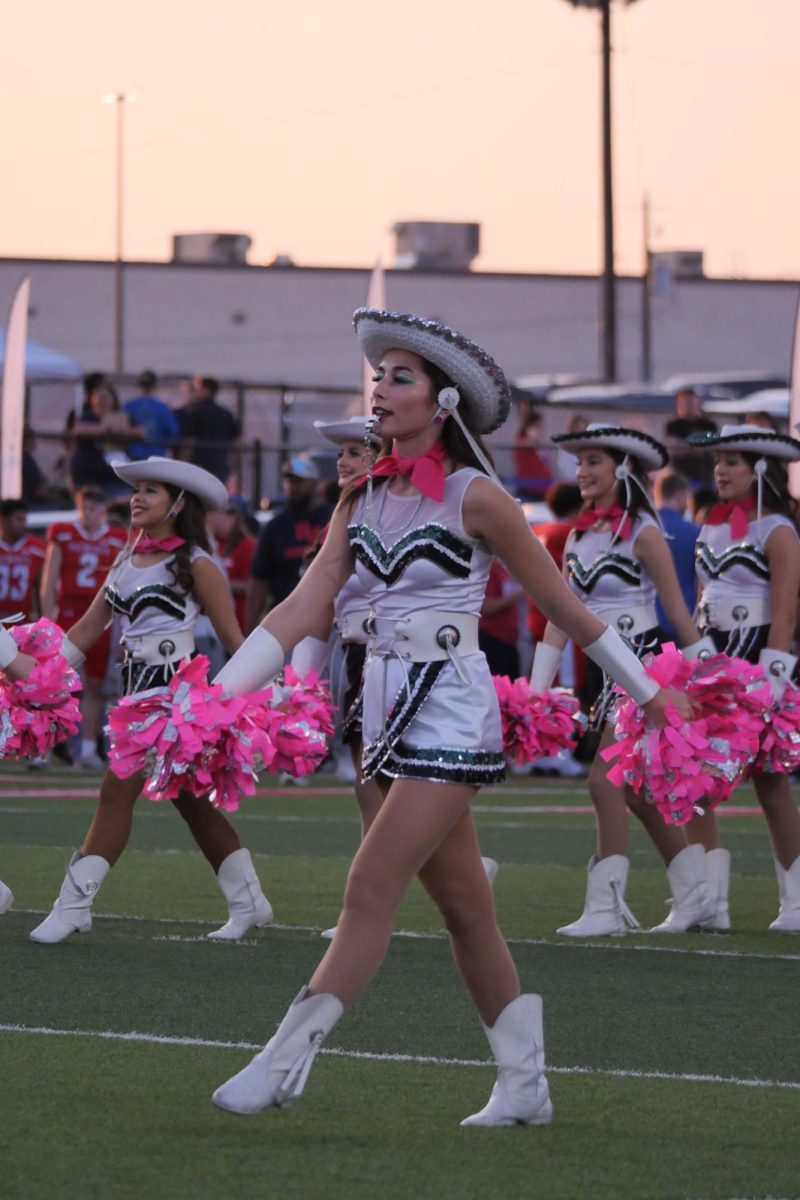





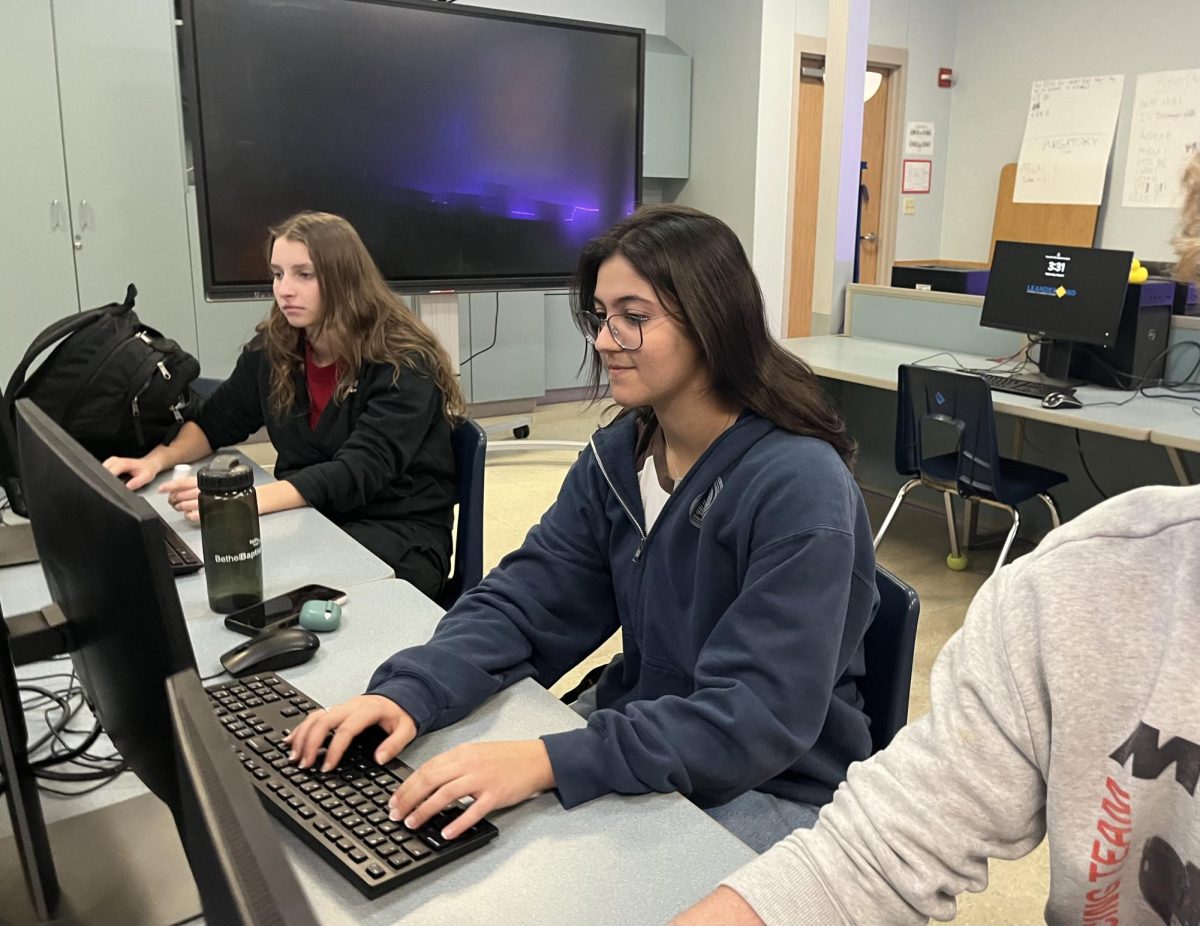


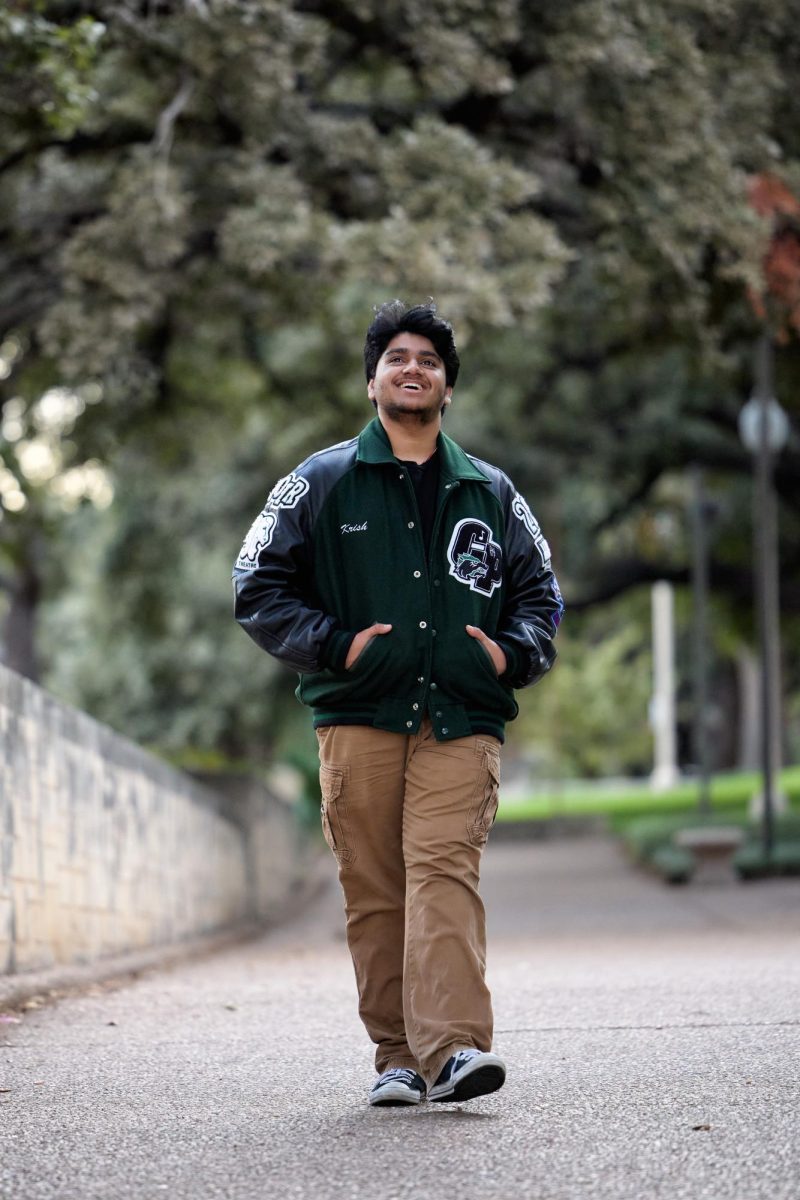

![Bringing her arm over her head and taking a quick breath, junior Lauren Lucas swims the final laps of the 500 freestyle at the regionals swimming competition on date. Lucas broke the school’s 18-year-old record for the 500 freestyle at regionals and again at state with a time of 4:58.63. “I’d had my eye on that 500 record since my freshman year, so I was really excited to see if I could get it at regionals or districts,” Lucas said. “ State is always a really fun experience and medaling for the first time was really great. It was a very very tight race, [so] I was a bit surprised [that I medaled]. [There were] a lot of fast girls at the meet in general, [and] it was like a dogfight back and forth, back and forth.” Photo by Kaydence Wilkinson](https://cphswolfpack.com/wp-content/uploads/2025/03/Kaydence-2.7-23-edit-2.jpg)
![As the support team sits and poses for a photo in the cafeteria with the counseling team they eagerly wait to start their day. "We [all] seem to be a team, I get up every day and there's days where I don't want to go to work today, but I'm thankful that I have a job and I'm blessed to have what I have," Christopherson said. Photo Courtesy of Julie Weltens.](https://cphswolfpack.com/wp-content/uploads/2025/01/AF9E8470-10D7-4C91-BF28-EC8F86BAB66C-1200x852.jpeg)
![Officer Stephanie Cash is in her second year as an SRO at CPHS. “Seeing [students] grow over the years has been kind of cool,” Officer Cash said. “Freshmen that [are] all over the place and then in the next couple of years get a little more squared away and go to class and do work and start thinking about the future. Being a part of a student's growth is the best way to measure my success as an SRO.” Photo Courtesy of Cedar Park Police Department's PIO, Alicia Gallagher.](https://cphswolfpack.com/wp-content/uploads/2024/12/CPHS-SRO-900x1200.jpg)


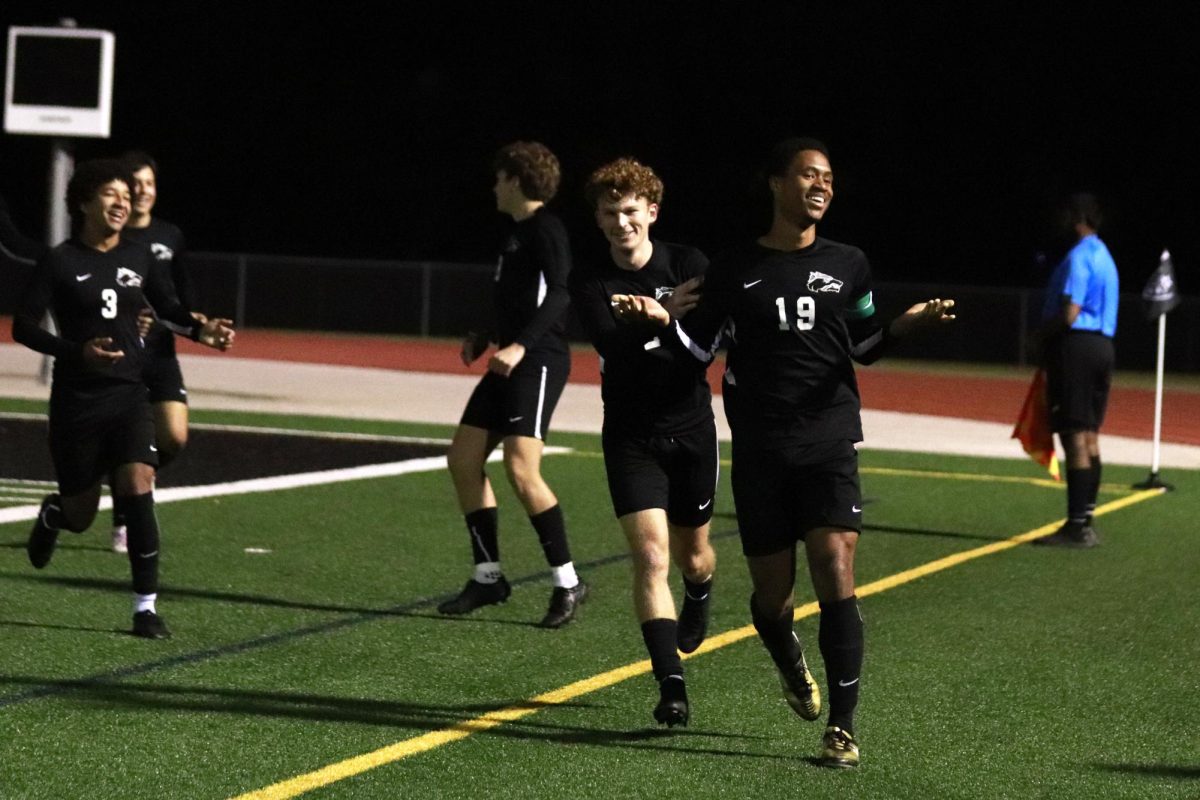
![Taking a breath as he raises his arm up and out of the water, sophomore Kaden Padilla swims the 500 freestyle at the UIL state meet on Feb. 21-22. Padilla placed 10th overall and second in the consolation final in the event, dropping two seconds. “My family was there, so being able to drop time for them was really special,” Padilla said. “It was awesome [finding out I advanced to the consolation finals]. I wasn’t expecting it, and I was very surprised. My parents being there definitely made me a lot happier knowing they got to see me swim in finals.” Photo by Skyler King.](https://cphswolfpack.com/wp-content/uploads/2025/03/kaden-padilla.jpg)

![Three defenders try to stop senior point guard Hope Edwards before the ball leaves her hands. The girls basketball team faced Liberty Hill on Feb 21, losing 58-40. “[My season was] definitely bittersweet,” Edwards said. It's definitely sad [because] I'm gonna miss all my teammates, my coaches and just the whole CP environment.”](https://cphswolfpack.com/wp-content/uploads/2025/03/julia-128-1200x800.jpg)
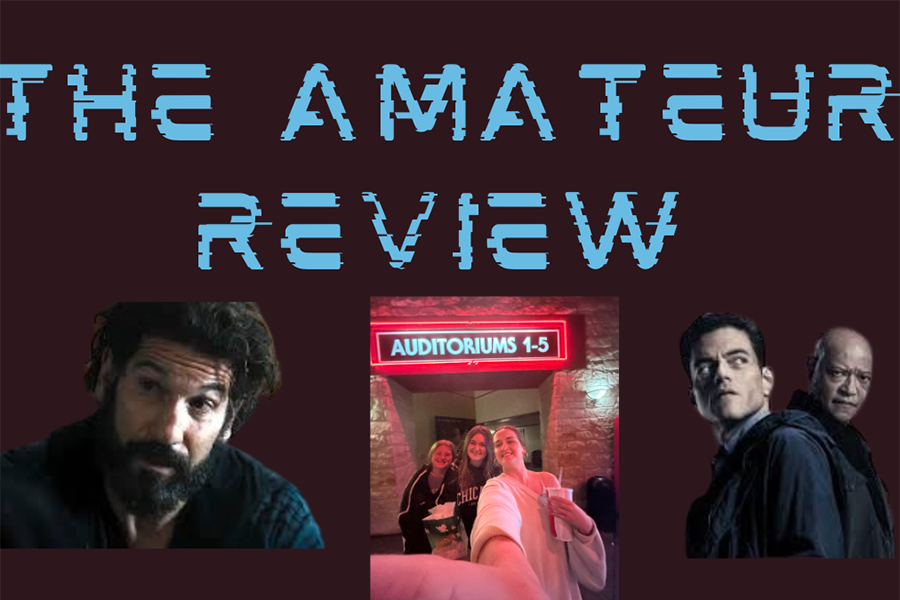






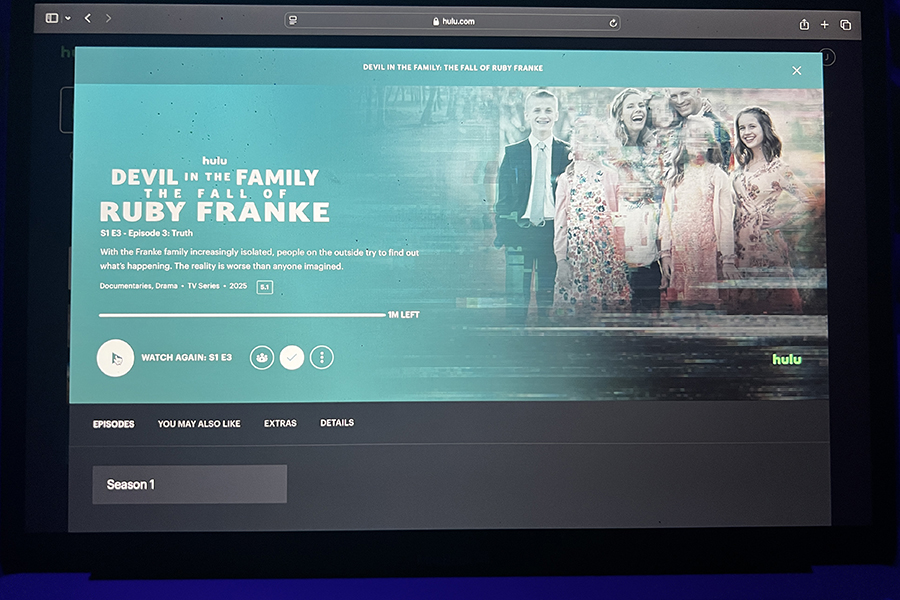






![The implementation of ASL into theatrical performances may enhance the experiences of both deaf and hearing audiences. “[Interpreting is] not even specifically for the Deaf audience, although they are obviously the target audience, I think that a lot of people find the interpreting interesting even if it wasn’t originally in the play," Eaton said.](https://cphswolfpack.com/wp-content/uploads/2020/01/Untitled_Artwork.jpg)
